In recent years, the agricultural sector is increasingly exploring fruitful technological innovation paths aimed at combining land productivity with greater environmental sustainability. The technique ofagrivoltaic, integrated model of rural land management which is arousing growing interest in the scientific and business community.
How agrivoltaics works
As is known, agrivoltaics involves theinstallation of photovoltaic panels on elevated structures a few meters from the ground, so as not to preclude the carrying out of agricultural activities underneath them. This occurs through a skilful calculation of the heights and distances between the modules, so that crops, despite being partially shaded, continue their vegetative cycle freely without compromising yields.
This approach, which aims to synergistically exploit the same plot for both primary and energy production, has many potentials. In addition to optimize land occupation by limiting consumption, it allows the farmer not to reduce the cultivable surface and at the same time diversify your sources of income. On a larger scale, agrivoltaics looks like territorial organization model fully compatible with landscape protection, even though actively contributing to the energy transition through the exploitation of renewable energy.
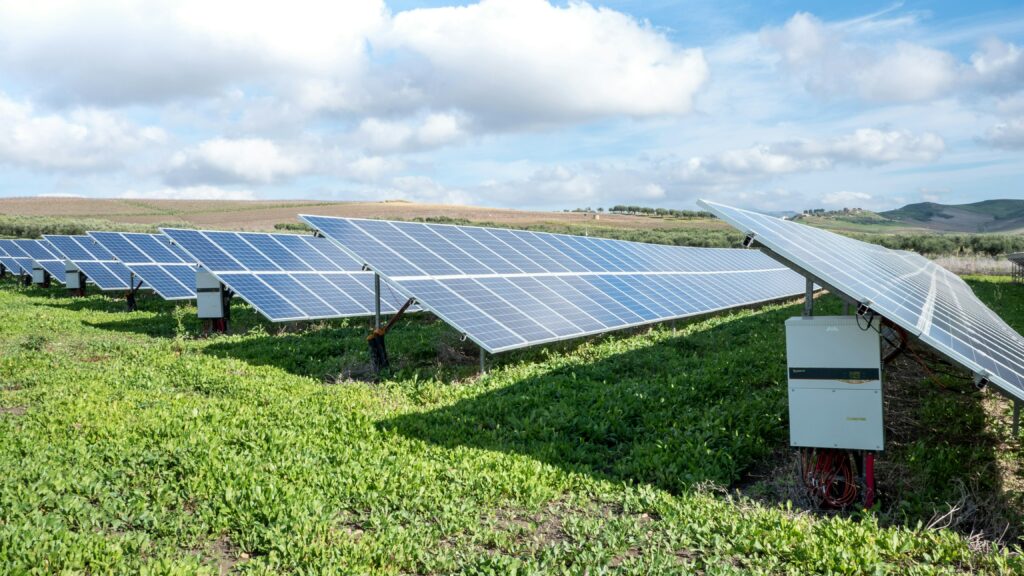
Productive and economic advantages of agrivoltaics
The adoption of agrivoltaic models allows the agricultural entrepreneur to derive interesting benefits financial and economic benefits. First of all, the sale of the electricity produced by the installed photovoltaic systems, facilitated by the envisaged regulatory incentives, generates additional cash flows compared to the traditional primary activity, allowing an appreciable increase and diversification of company turnover.
At the same time, the partial shading of the crops provided by solar panels leads to a reduction in irrigation costs, as the underlying plants have a lower water requirement which avoids the risk of heat stress or desiccation.
Not to be underestimated probable growth in obtainable agricultural yields, by virtue of the greater resistance of crops to harmful biotic and abiotic factors, such as frosts, drought and parasites. This results in a significant increase in company margins. Finally, the agrivoltaic approach, while not taking away land from agricultural activities, does multiply the value by the joint benefits of clean energy and products of the earth.
Regulatory framework: clarity is needed
The evolution of agrivoltaic legislation in recent years has marked a significant step forward in the recognition and promotion of this technology. In particular, the decree of December 2023 played a very important role in this. It introduced twenty-year tariff contributions for small agrivoltaic systems intended for the self-consumption of agricultural companies. This measure, together with the simplification of authorization procedures, aims to facilitate operators in the primary and photovoltaic sectors in the implementation of pilot projects.
However, the regulatory framework still has some nuances to be defined. It is desirable a regulatory intervention that unequivocally establishes the requirements for agrivoltaic systemsin order to access authorization simplifications (PAS).
The GSE Operating Rules, close to publication, should contribute to increase regulatory clarity for advanced agrivoltaic projects. These rules will define a series of parameters and calculation methods, including the total surface area of the agrivoltaic system and that intended for agricultural activities. Furthermore, they will provide clarifications on monitoring systems, a crucial element in ensuring the success of such plants.
Although the general regulatory framework for agrivoltaics is becoming increasingly clear, the CREA-GSE Guidelines on monitoring systems and legislative interventions to define the conditions necessary for authorization simplifications are still awaiting definition. Agrivoltaics represents a field of great potential, but it still requires regulatory precision to ensure its full integration into the agricultural and energy sectors.





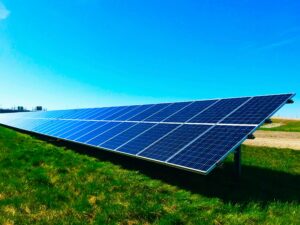
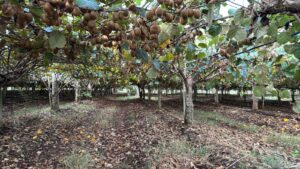
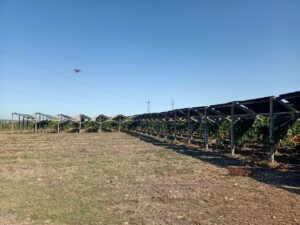
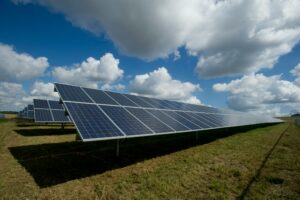

Add comment
You must be logged in to post a comment.